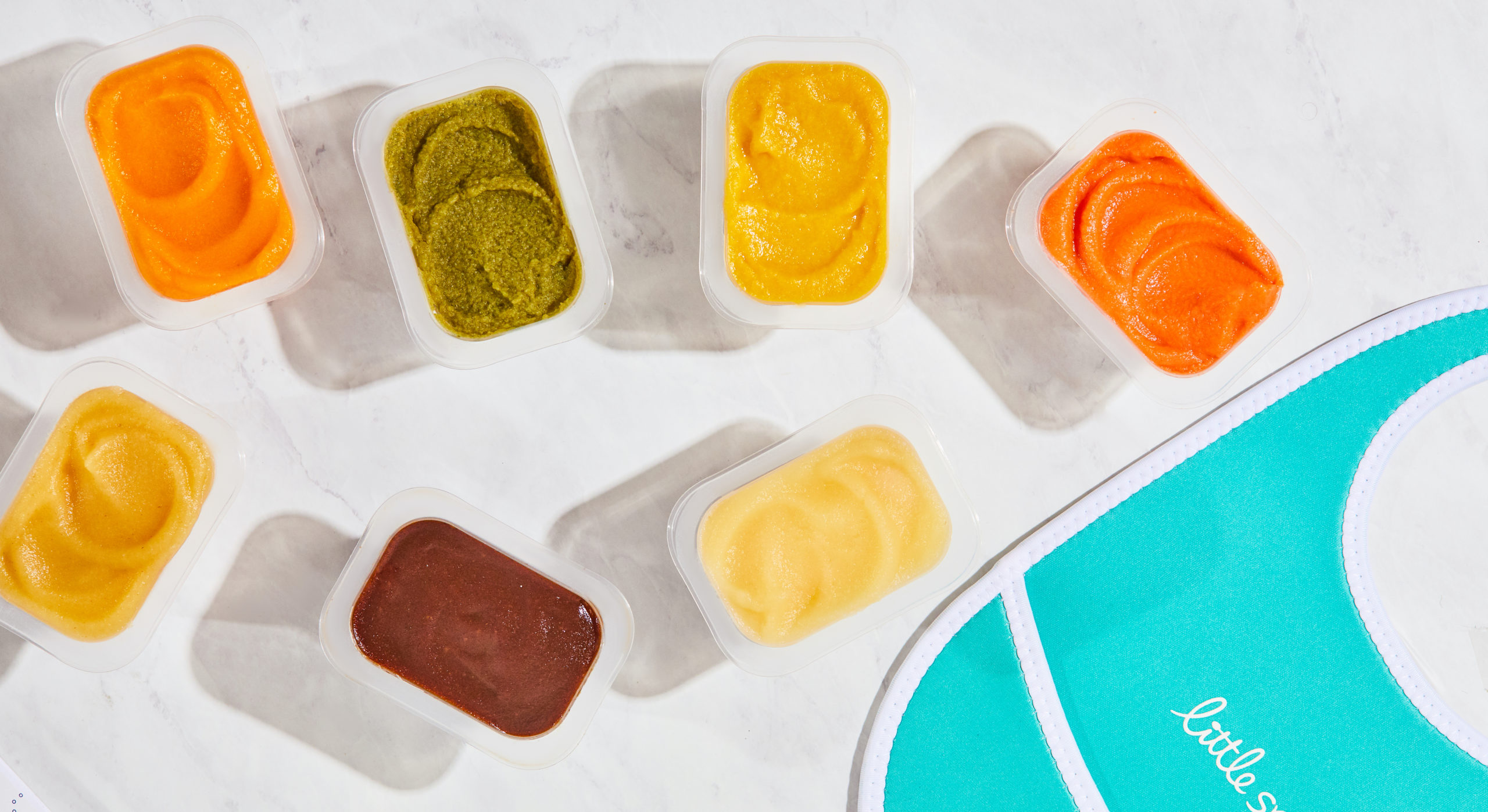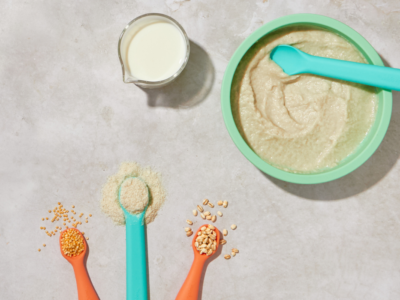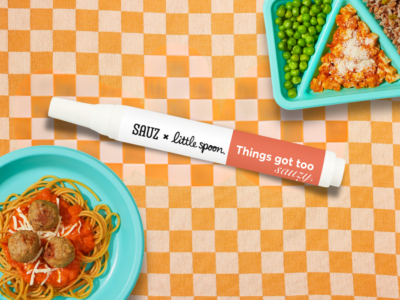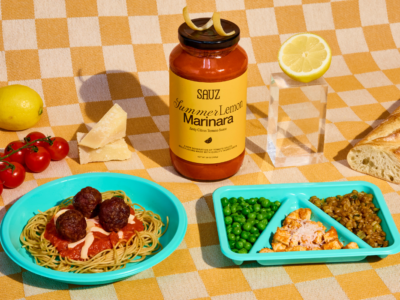If you’ve tried out a range of baby food options with your little one, you may know that the quality of the product varies greatly by brand. Not all baby food is created equal!
These variations go beyond flavor combinations—they depend on how your baby’s food is prepared, packaged, and stored, which differs dramatically based on the brand’s processing technique. How a company processes its baby food ultimately affects the nutrition, safety, and flavor of the end product—so it’s definitely something you want to be aware of as you’re shopping!
Baby food brands use three main food processing techniques to create your little one’s food—retort processing, high pressure processing (HPP), and aseptic processing—each with their own diverse methods, results, and benefits.
Let’s dive into the differences between the various processing methods, and how you can select the product that’s best for your baby’s growing belly.
Retort
Let’s start with perhaps the most common form of modern baby food processing: the retort processing method.
Retort processing became popular as an alternative to traditional canning methods, as it introduced flexible plastic & foil pouches (usually made of some combination of polyester, nylon, aluminum, and other plastics) as a new form of sterile packaging for a wide variety of foods—including baby food. These laminated pouches are able to withstand the high temperatures required for commercial sterilization—like their canned and jarred predecessors—but have the advantage of being lighter, more flexible, and thus easier to transport & store. Our friends at Fin vs Fin recently reviewed pouches vs Little Spoon’s method, you can check out more here.
Some baby food brands that opt for retort processing buy pre-processed purées and concentrates from suppliers to serve as the base for their products. These purées are made by chemically washing produce, and then milling, straining, and heating the resulting mixture to high temperatures before further processing and introducing preservatives like citric acid to prepare the baby food for its unrefrigerated future on the grocery store shelf.
This process produced single-flavor mixtures that are then combined together in large vats or metal drums to create the different flavor combinations you might be familiar with from the baby food aisle at your grocery store. The purées are then filled into the plastic & foil retort pouches, where they are cooked—yes, again!—inside of the final packaging. These high temperatures are a pasteurization step that renders the food commercially stable. That being said, introducing the food to such high temperatures at various points in the process doesn’t just disrupt the taste, texture and color of purées—it also kills off vital nutrition and releases chemicals from the plastic packaging into your baby’s food.
High-Pressure Processing (HPP)
At Little Spoon, we do things differently, using a technique called high-pressure processing (HPP). HPP is a proven food technology used for a wide range of products like cold pressed juice and hummus, and…baby food!
Here’s how HPP works: packaged baby food blends made from whole foods, herbs, spices and superfoods are placed in a large chamber.The chamber is filled with cold water and then pressurized to 87,000 psi (pounds per square inch) – that’s pressure greater than what’s found in the deepest part of the ocean! What happens at 87,000 psi? Harmful bacteria is neutralized while locking in all of the good stuff like vitamins, nutrients, color, texture, and, of course—flavor! Little Spoon uses HPP to ensure our product is delicious and safe without having to use additives, heat, or preservatives.
Studies have also indicated that certain foods processed via HPP may actually contain more nutrients than fresh food alone, as HPP has been shown to make certain nutrients in fresh food more easily absorbed by your baby’s body. Another win for HPP!
Processing via HPP keeps ingredient lists short (since there’s no need for preservatives or added ingredients) and extends shelf life—which means that Little Spoon can deliver less frequently (every 2 weeks vs. every week). This increases cost efficiency (good news for your wallet!), while also minimizing spoilage and reducing food waste (good news for our carbon footprint!).
Aseptic
There’s one more food processing technique—aseptic processing—which falls somewhere in between HPP and retort processing methods in terms of safety, nutritional value, and shelf-stability.
Aseptic processes skip the repeated exposure to extreme heat that retort processing favors. Instead, aseptic processing uses high-temperature short-time sterilization (HTST), which allows the product to be exposed to heat for a considerably lower time than with retort processing. This preserves the food’s natural flavor and nutritional value during the sterilization process.
The main benefit of aseptic processing is that it leads to less food waste—aseptic packaging has become popular because the process can keep food safe and fresh for more than six months, without the need for refrigeration or preservatives. Unlike HPP, which is more like the food you make at home (perishable and requiring refrigeration), aseptic foods are shelf-stabilized.
At Little Spoon, we’re determined to provide the best meal solutions possible for your babe. That’s why we opt for HPP—to ensure fresh, safe baby food (just like homemade!) that’s specifically designed for your little one’s nutritional needs. Get started today with Little Spoon and rest easy knowing your babe is getting fresh, nutritional baby food.
We did the research so you don’t have to but if you’re interested in digging a little further into food processing techniques, here are our source:
Retort:
https://datatrace.mesalabs.com/2014/09/22/retort-sterilization-in-food-processing/
https://www.ptipacktech.com/Package-Type/Retort-Processing
http://citeseerx.ist.psu.edu/viewdoc/download?doi=10.1.1.666.7247&rep=rep1&type=pdf
HPP:
https://www.mother.ly/lifestyle/hpp-baby-food-trend
https://www.huffpost.com/entry/is-hpp-the-new-baby-food_b_10968592
https://www.sciencedirect.com/science/article/pii/S1466856407000598
Aseptic:
Overall food processing techniques:



